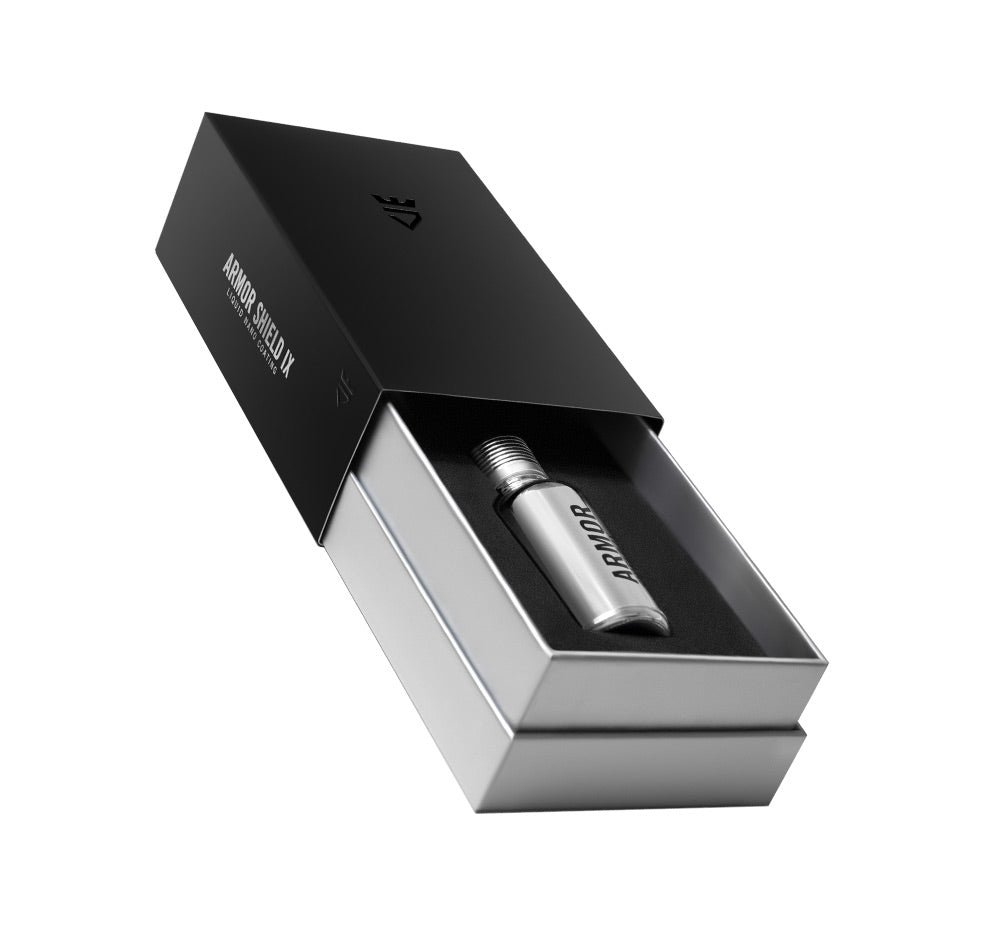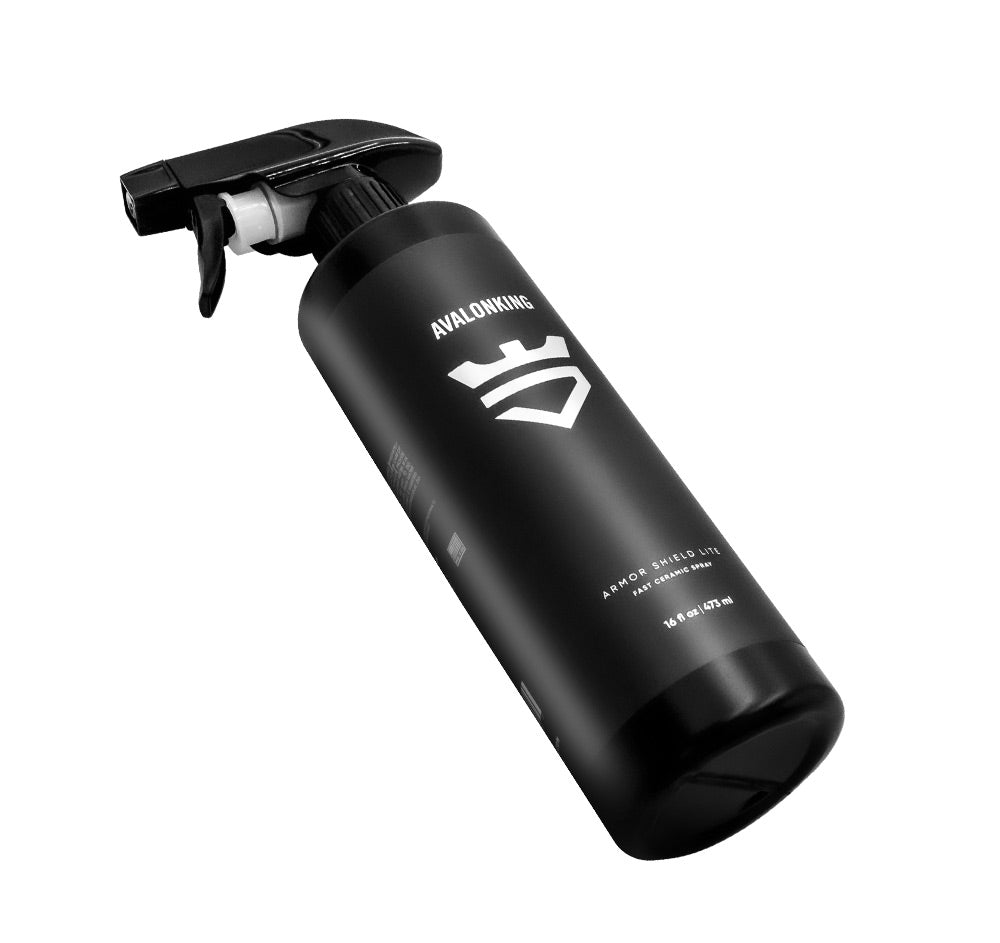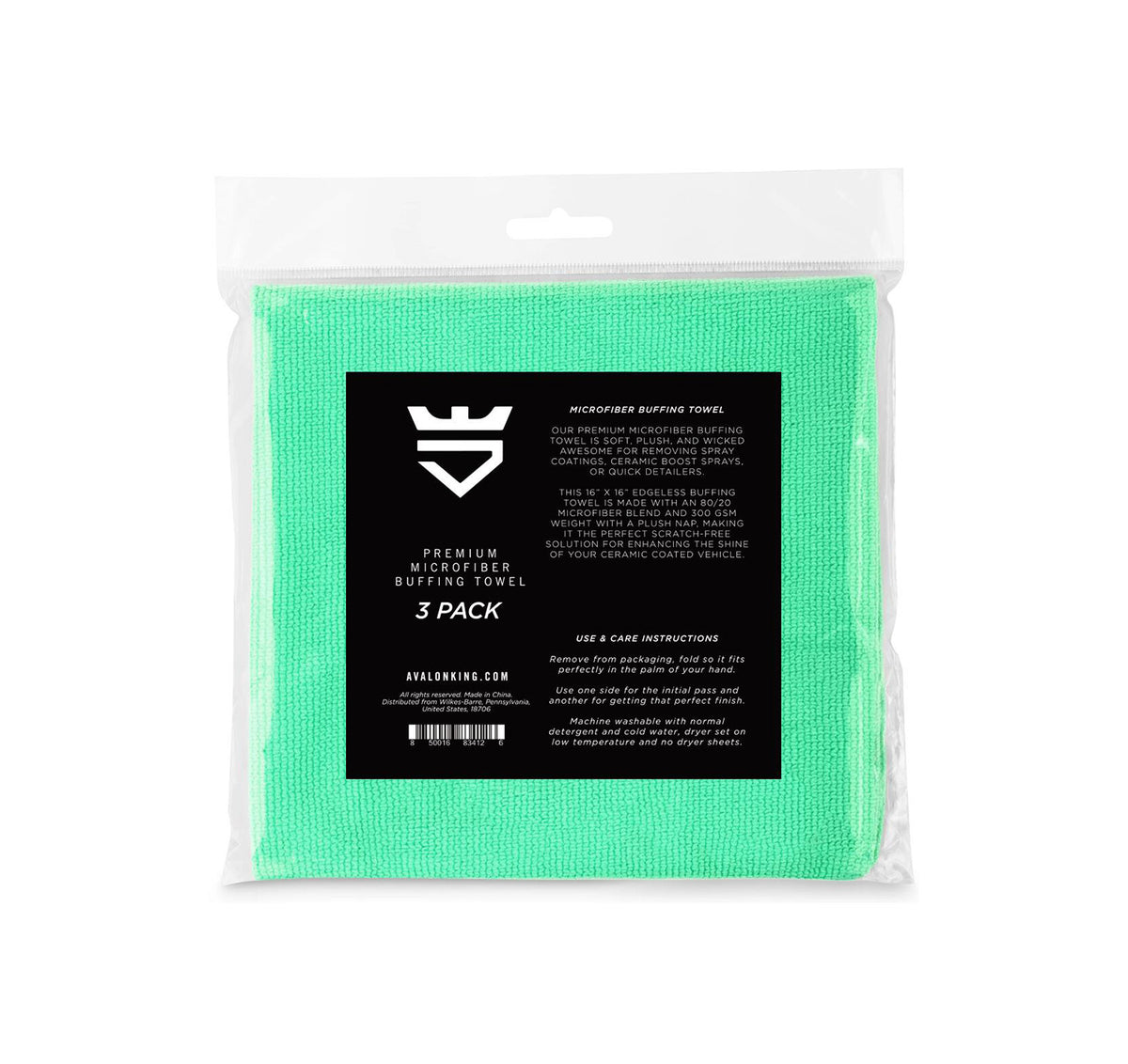What is Dressing? Explained by AvalonKing
Dressing, in the context of car detailing, is a term that refers to the process of applying a product, often a protective or restorative one, to a specific part of a vehicle. This is done to enhance the appearance of the vehicle, protect it from damage, or restore it to its original condition. Dressing can be applied to various parts of a vehicle, including the tires, the interior, and the exterior. The type of dressing used and the method of application can vary depending on the specific needs and preferences of the vehicle owner.
At AvalonKing, we pride ourselves on our deep understanding of car detailing and the various processes involved, including dressing. We believe that a well-dressed vehicle not only looks great, but also performs better and lasts longer. In this glossary article, we will delve into the world of dressing, exploring its purpose, the different types of dressing available, and the best practices for applying dressing to a vehicle.
The Purpose of Dressing
The primary purpose of dressing is to enhance the appearance of a vehicle. A well-dressed vehicle looks clean, shiny, and well-maintained, which can significantly increase its aesthetic appeal. Dressing can also help to highlight the unique features and design elements of a vehicle, making it stand out from the crowd.
Another important purpose of dressing is to protect the vehicle from damage. Many types of dressing contain protective ingredients that can help to shield the vehicle from harmful elements such as UV rays, dirt, and moisture. This can help to prevent fading, cracking, and other types of damage, extending the lifespan of the vehicle.
Restorative Purpose
Dressing can also serve a restorative purpose. Over time, the surfaces of a vehicle can become dull, faded, or scratched. Dressing can help to restore these surfaces to their original condition, making the vehicle look like new again. This can be particularly beneficial for older vehicles or those that have been exposed to harsh conditions.
Restorative dressing often contains ingredients that can fill in scratches, restore color, and add shine. These ingredients work together to rejuvenate the surface of the vehicle, improving its appearance and restoring its original luster.
Preventative Purpose
Dressing can also serve a preventative purpose. By applying dressing to a vehicle, you can help to protect it from future damage. This can be particularly beneficial for vehicles that are regularly exposed to harsh conditions, such as extreme heat, cold, or moisture.
Preventative dressing often contains ingredients that can repel water, resist UV rays, and prevent dirt and grime from sticking to the surface of the vehicle. These ingredients work together to shield the vehicle from damage, helping to keep it in good condition for longer.
Types of Dressing
There are many different types of dressing available, each designed to address specific needs and preferences. The type of dressing you choose will depend on the part of the vehicle you wish to dress, the condition of that part, and the results you wish to achieve.
Some of the most common types of dressing include tire dressing, interior dressing, and exterior dressing. Each of these types of dressing is designed to enhance and protect a specific part of the vehicle, and each comes with its own set of benefits and considerations.
Tire Dressing
Tire dressing is designed to enhance the appearance of a vehicle's tires. It can help to restore the black color of the tires, add shine, and protect the tires from damage. Tire dressing is typically applied with a sponge or applicator pad, and it can be either water-based or solvent-based.
Water-based tire dressing is generally easier to apply and remove, and it tends to leave a more natural-looking finish. Solvent-based tire dressing, on the other hand, is more durable and tends to leave a shinier finish. However, it can be more difficult to apply and remove, and it may not be suitable for all types of tires.
Interior Dressing
Interior dressing is designed to enhance the appearance of a vehicle's interior. It can help to restore the color and texture of the interior surfaces, add shine, and protect the interior from damage. Interior dressing is typically applied with a cloth or applicator pad, and it can be either water-based or solvent-based.
Water-based interior dressing is generally easier to apply and remove, and it tends to leave a more natural-looking finish. Solvent-based interior dressing, on the other hand, is more durable and tends to leave a shinier finish. However, it can be more difficult to apply and remove, and it may not be suitable for all types of interior surfaces.
Exterior Dressing
Exterior dressing is designed to enhance the appearance of a vehicle's exterior. It can help to restore the color and shine of the exterior surfaces, protect the exterior from damage, and add a protective layer that repels water and dirt. Exterior dressing is typically applied with a cloth or applicator pad, and it can be either water-based or solvent-based.
Water-based exterior dressing is generally easier to apply and remove, and it tends to leave a more natural-looking finish. Solvent-based exterior dressing, on the other hand, is more durable and tends to leave a shinier finish. However, it can be more difficult to apply and remove, and it may not be suitable for all types of exterior surfaces.
Best Practices for Applying Dressing
Applying dressing to a vehicle is a relatively straightforward process, but there are a few best practices that can help to ensure the best results. These best practices can help to ensure that the dressing is applied evenly, that it adheres properly to the surface of the vehicle, and that it provides the desired level of protection and enhancement.
Before applying dressing, it's important to clean the surface of the vehicle thoroughly. This will help to remove any dirt, grime, or other contaminants that could interfere with the adhesion of the dressing. It's also a good idea to dry the surface of the vehicle thoroughly before applying the dressing, as moisture can also interfere with adhesion.
Applying Tire Dressing
When applying tire dressing, it's important to use a sponge or applicator pad that is specifically designed for this purpose. This will help to ensure that the dressing is applied evenly and that it reaches all areas of the tire. It's also important to apply the dressing in a thin, even layer, as applying too much dressing can cause it to drip or run, resulting in an uneven finish.
After applying the tire dressing, it's a good idea to let it dry for a few minutes before driving the vehicle. This will help to ensure that the dressing has time to adhere to the surface of the tire and that it won't be rubbed off by contact with the road.
Applying Interior Dressing
When applying interior dressing, it's important to use a cloth or applicator pad that is specifically designed for this purpose. This will help to ensure that the dressing is applied evenly and that it reaches all areas of the interior. It's also important to apply the dressing in a thin, even layer, as applying too much dressing can cause it to drip or run, resulting in an uneven finish.
After applying the interior dressing, it's a good idea to let it dry for a few minutes before using the vehicle. This will help to ensure that the dressing has time to adhere to the surface of the interior and that it won't be rubbed off by contact with the occupants of the vehicle.
Applying Exterior Dressing
When applying exterior dressing, it's important to use a cloth or applicator pad that is specifically designed for this purpose. This will help to ensure that the dressing is applied evenly and that it reaches all areas of the exterior. It's also important to apply the dressing in a thin, even layer, as applying too much dressing can cause it to drip or run, resulting in an uneven finish.
After applying the exterior dressing, it's a good idea to let it dry for a few minutes before driving the vehicle. This will help to ensure that the dressing has time to adhere to the surface of the exterior and that it won't be rubbed off by contact with the road or the elements.
Conclusion
In conclusion, dressing is a crucial part of car detailing that serves to enhance the appearance of a vehicle, protect it from damage, and restore it to its original condition. There are many different types of dressing available, each designed to address specific needs and preferences. By understanding the purpose of dressing and the best practices for applying it, you can ensure that your vehicle looks its best and lasts as long as possible.
At AvalonKing, we are committed to providing our customers with the highest quality car detailing products and services. Whether you're looking to enhance the appearance of your vehicle, protect it from damage, or restore it to its original condition, we have the products and expertise to help you achieve your goals. We hope that this glossary article has provided you with a deeper understanding of dressing and its role in car detailing.
Ready to take your car's appearance to the next level with top-notch detailing products? Look no further than AvalonKing! With years of experience in providing the very best in car care, our online store offers everything from ceramic coatings to car shampoos, ensuring your vehicle not only shines but is also protected. Check out our products today and give your car the royal treatment it deserves.










